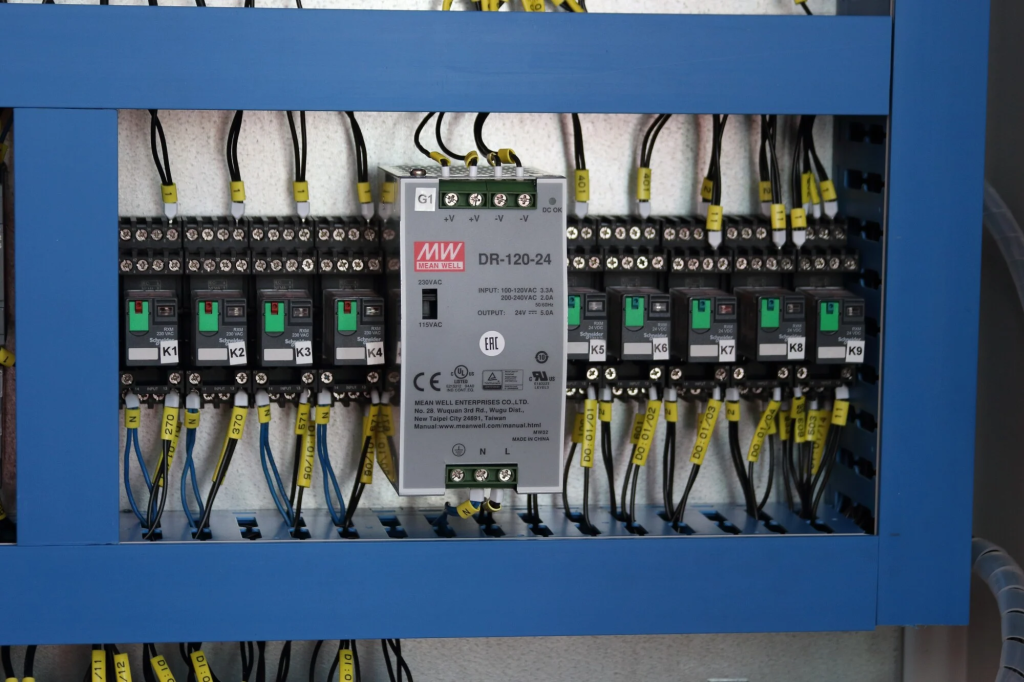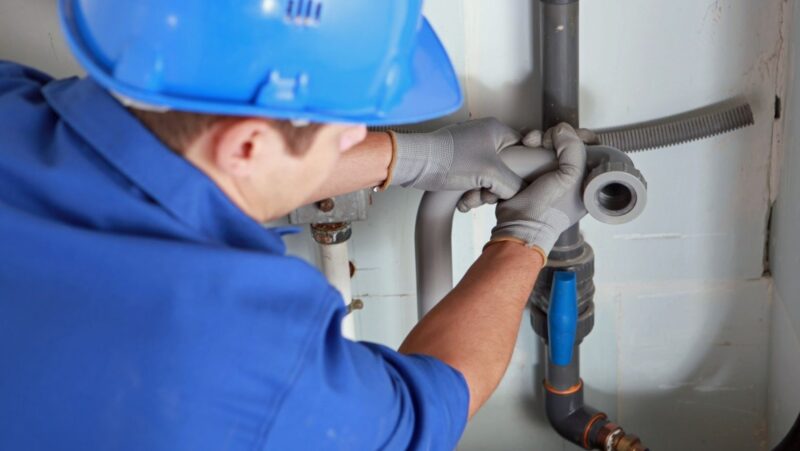
When we think about the delicate circuitry that powers our devices, the first thing that comes to mind is the importance of protecting them from environmental hazards. This is where electronic enclosures play a pivotal role. An electronic enclosure is a physical barrier that safeguards electronic components against dust, moisture, and electromagnetic interference. However, designing, selecting, and installing the right enclosure requires a thoughtful approach. In this post, we will walk through the detailed process of ensuring your electronics are sheltered correctly in today’s ever-changing technological environments.
The Backbone of Device Longevity: Enclosure Fundamentals
Electronic devices’ integrity and durability hinge significantly on their protective housing’s robustness. This is where the role of NEMA boxes becomes paramount. As an electronic fortress, these enclosures shield sensitive components from detrimental elements such as moisture, which can lead to corrosion and invasive dust that impedes optimal function. Furthermore, they safeguard against mechanical impacts that could disrupt internal components. Choosing the appropriate NEMA-rated enclosure is thus a crucial element in extending the lifespan and ensuring the consistent operation of electronic devices in various industry applications.
Material Matters
Materials for electronic enclosures range from plastic and aluminum to stainless steel, each offering a unique balance of features, including weight, durability, electrical conductivity, and cost. Aluminum, for instance, is valued for its lightweight and ease of customization for high-frequency use without the impedance associated with steel. In contrast, industries that require stringent sanitation, like food processing, may find stainless steel enclosures more suitable.
Size and Shape: Not Just Aesthetics
The physical dimensions of an enclosure depend on the equipment it houses and the space available in the operational environment. Overcrowding an enclosure can generate heat that builds up, leading to performance degradation and, in extreme cases, component melting. Hence, the size and shape of the enclosure must allow for effective heat dissipation.
Environmental Impact and Design
Electronics in the field are constantly exposed to environmental factors. Outdoor equipment faces rain, humidity, and extreme temperatures.

Enclosure designs must account for these elements, keeping them at bay from the critical electronic cores.
The Selection Process: Tailoring Enclosures to Your Needs
Selecting the proper electronic enclosure is more than just a one-size-fits-all endeavor. It involves a process of understanding your equipment, the tasks it needs to perform, and the environment it operates within.
Start With Requirements Analysis
It’s essential to conduct a thorough analysis of the environmental and operational requirements of your electronic equipment. Is it subjected to high dust concentrations, or is moisture the primary concern? Is it intended for indoor usage, or does it operate in the field? The answers to these questions dictate the level of protection required and, thus, the type of enclosure needed.
NEMA Ratings Demystified
NEMA ratings are industry standards that classify enclosures based on their protection levels. A higher NEMA rating indicates a more robust enclosure with increased resistance to environmental factors. For instance, an outdoor installation might require a NEMA 4 or 4X rating for protection against rain and corrosion, while indoor equipment may only need a NEMA 1 or 2 rating for basic protection against dust and moisture.
Navigating Standards and Certifications
In many industries, there are stringent standards and certifications that electronic enclosures must adhere to. From NEMA ratings for environmental protection to IP standards for ingress protection, meeting such guidelines is non-negotiable.
Customization Options
Sometimes, off-the-shelf solutions cover only some of the bases. This is where customization comes into play. Whether it’s additional grommets for cable entry, a unique mounting option, or specific door configurations, working with a manufacturer who offers customization allows you to fine-tune the solution for your exact needs.
Installation: The Last Mile of Protection
An improperly installed electronic enclosure is as good as none at all. The installation process is crucial to ensuring the enclosure functions as intended.
Positioning for Success
The location of your electronic enclosure can affect its performance. Placing it in direct sunlight can significantly increase the internal temperature, while positioning it near a heating or cooling vent can lead to thermal cycling, potentially damaging the equipment over time.
Ventilation and Heat Management
Managing heat is a constant challenge in electronic devices. Enclosures must allow for proper ventilation to dissipate heat.

This can be achieved by strategically placing vents, fans, and heat sinks within the enclosure to maintain an optimal operating temperature for the internal components.
Proper Grounding and Bonding
Grounding and bonding are critical in electronic enclosures to protect against surges, static electricity, and electrical interference. These measures ensure the safe dissipation of any excess electrical energy, preventing damage to internal components.
The electronic enclosure design, selection, and installation process is an amalgamation of precision, practical considerations, and proactive steps toward ensuring the longevity of your devices. With a well-thought-out approach, businesses and individuals can enjoy the assurance that their electronic investments are protected and primed for optimal performance. As technology continues to evolve, so will the methods and materials available for electronic enclosures, ensuring your devices are always secure, whatever the future holds.












